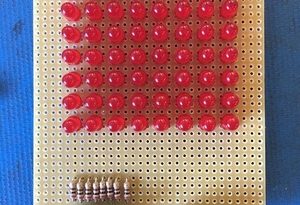How to Solder Cast Iron
Soft soldering is a means of joining parent metal pieces with a filler material which will melt at a lower temperature than the parent metal. You can solder a number of types of metals, including cast iron, which we’ll look at in this post.
Because soldering requires temperatures between two hundred fifty and six hundred fifty degrees Fahrenheit, you should use a propane torch rather than the more powerful, albeit more dangerous, oxygen-acetylene torch. With proper preparation, you can start soldering cast iron in a matter of minutes.
You’ll need isopropyl solvent, a rag, a bronze or steel brush, liquid flux compatible with cast iron, heat-resistant gloves, safety glasses, a clamp, solder compatible with cast iron, a soldering iron, and a propane torch. Because cast iron is a high-alloy metal, you will need an alloy with a higher melting point.
Clean the cast iron pieces you’ll be soldering with isopropyl solvent and a rag in order to remove grease and oil. Use a bronze or steel brush to scrub the metal and remove any leftover dirt. Paint the metal pieces with a thin layer of liquid flux to improve the flow of solder and prevent oxidation.
Wear heat-resistant gloves and safety glasses, and then heat the fluxed cast iron pieces with a propane torch until it is heated up. Scrub the metal again and apply additional flux.
Position the cast iron pieces in your desired position and clamp the pieces together. Heat a small amount of solder on the soldering iron tip and apply the solder to the seam running between the metal pieces as it starts to melt.
Use the propane torch to heat the cast iron pieces. Direct the tip of the flame’s blue cone toward the metal pieces, and move the iron around the area surrounding the seam until the solder changes color and fills the seam. Do not directly heat the solder.
Allow the cast iron pieces to completely cool before you unclamp them.
